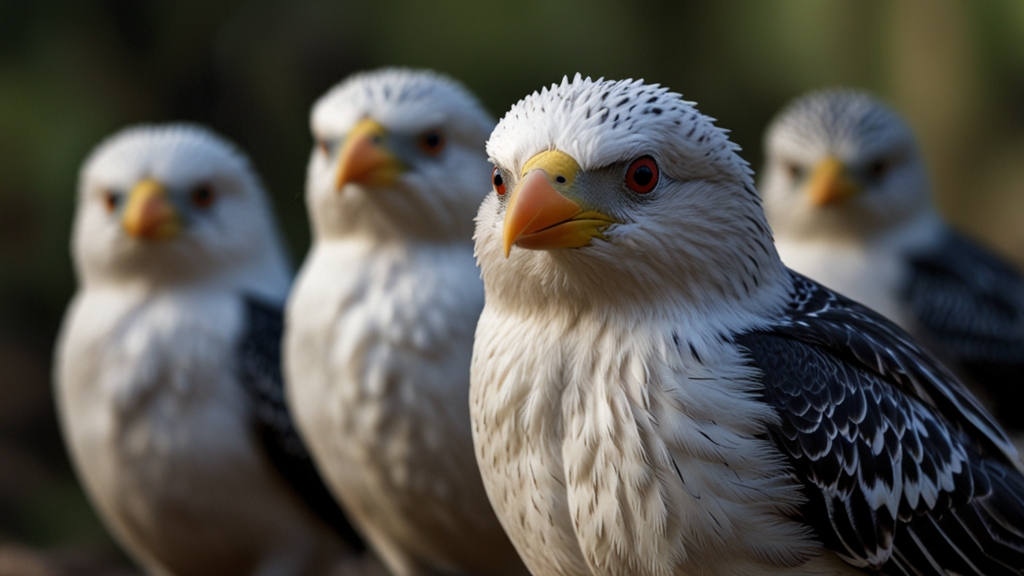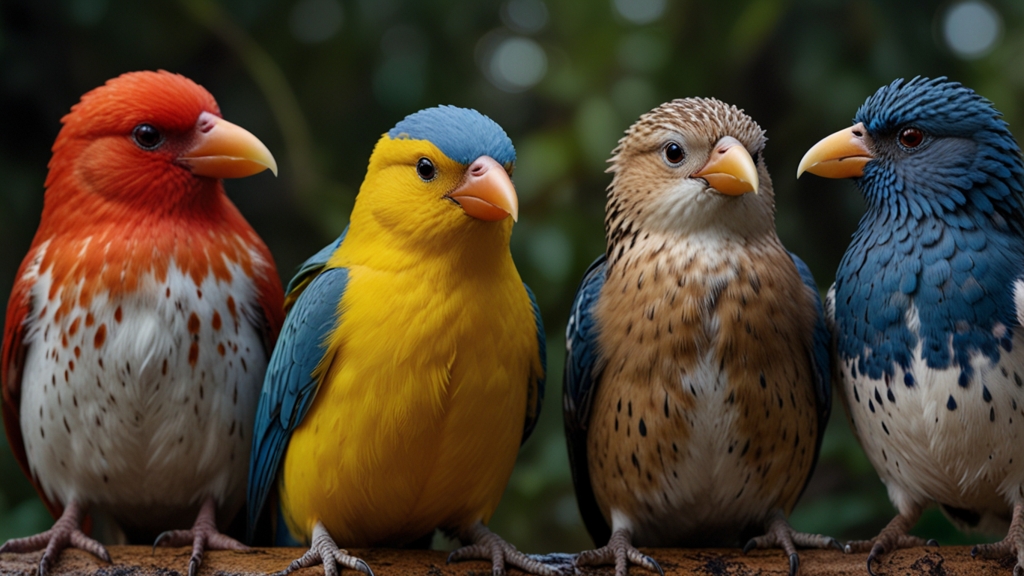What Happens When Animals Go Extinct? A Look at Behavior Changes
When animals go extinct, the impact isn't limited to the disappearance of a single species. It sets off a chain reaction affecting various aspects of the ecosystem, including the behavior of surviving animals. Extinction can alter animal behavior in multiple ways, ranging from shifts in predator-prey dynamics to changes in mating habits and social structures.
Disruption of Predator-Prey Relationships
The extinction of a species can significantly disturb the balance of predator-prey relationships. Predators that relied on the extinct species for food may struggle to find alternative food sources, leading to starvation, a decrease in their populations, or shifts in their diet.
"When top predators such as wolves are hunted to extinction, their prey often experiences a population boom. Without natural predators keeping them in check, herbivores like deer can overgraze vegetation, leading to habitat degradation and further impacting other species that rely on the same habitat for survival."
This cascading effect can cause drastic changes in the ecosystem. For example, if the primary prey of a predator goes extinct, the predator may increasingly target other species, potentially driving those species to extinction as well. This creates an imbalance that can ripple through the entire ecosystem, affecting numerous species and altering their behaviors.
Changes in Social Structures
Many animals have complex social structures that can be disrupted by the extinction of species. For instance, in animal communities where certain species play a key role in maintaining social order, their extinction can result in chaos.
"The extinction of keystone species, such as elephants in African savannas, can lead to significant changes in the social dynamics of other animals. Elephants help create water holes used by various species and their absence can lead to water scarcity, forcing animals to migrate and change their social behavior."
Additionally, the loss of an alpha predator can disrupt the social hierarchy within a species, leading to increased conflicts and changes in mating behaviors as new individuals vie for dominance.
Alteration in Breeding and Feeding Habits
Extinction events can also impact the breeding and feeding habits of surviving species. Animals may alter their breeding times or locations in response to new environmental pressures created by the absence of once-prevalent species.
For instance, the extinction of certain pollinators can force plants to adapt by either evolving new methods of reproduction or failing to reproduce, leading to a decline in plant species that dependent animals feed on.
Human Interventions and Conservation Efforts
Human interventions can sometimes mitigate the behavioral impacts of extinction but can also introduce new challenges. Conservation efforts often focus on restoring ecosystems by reintroducing species or controlling invasive ones, but these efforts must be carefully managed to avoid unintended consequences such as the introduction of diseases or competition with native species.
"Successful reintroduction programs, like the reintroduction of wolves to Yellowstone National Park, can help restore natural behaviors. In Yellowstone, the return of wolves has helped reduce overgrazing by elk, leading to the recovery of willow and aspen populations and the subsequent return of beavers and other wildlife."
However, reintroduction is not always successful or feasible, and the original natural balance is often difficult to restore fully. For every success story, there are numerous challenges and complex dynamics to consider.
Conclusion
The extinction of animal species has far-reaching behavioral consequences for surviving wildlife. It disrupts predator-prey relationships, social structures, breeding patterns, and feeding habits. The ripple effects can fundamentally alter ecosystems, sometimes in irreversible ways. Through careful and responsible conservation efforts, humans have the potential to mitigate these changes, but the intricate balance of nature remains at high risk.
Understanding these behavioral changes emphasizes the importance of biodiversity and the need to protect endangered species before they disappear, bringing about behavior changes that could pose severe challenges for our planet's ecosystems.












